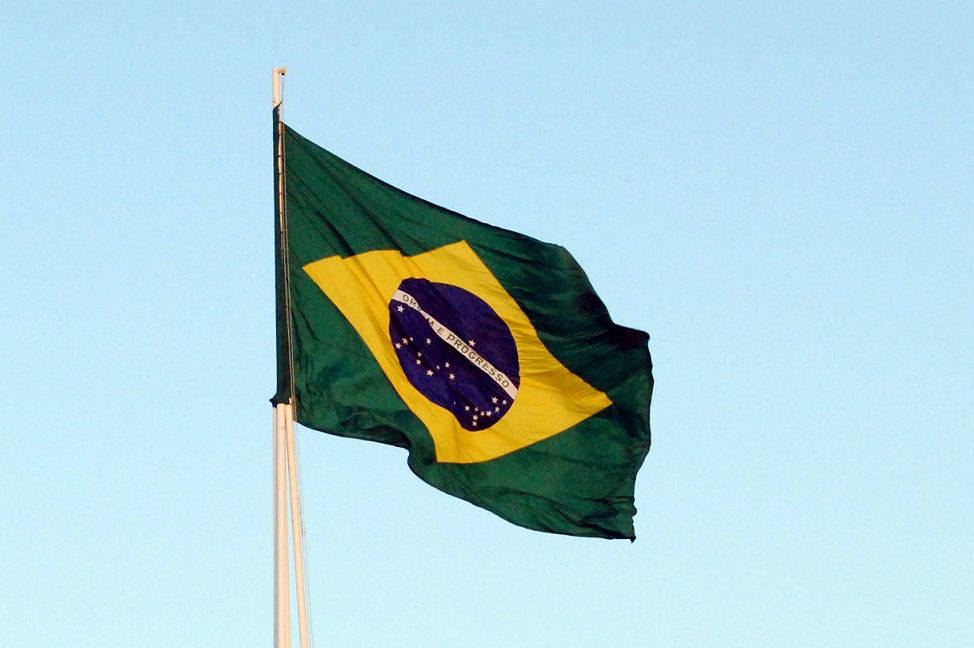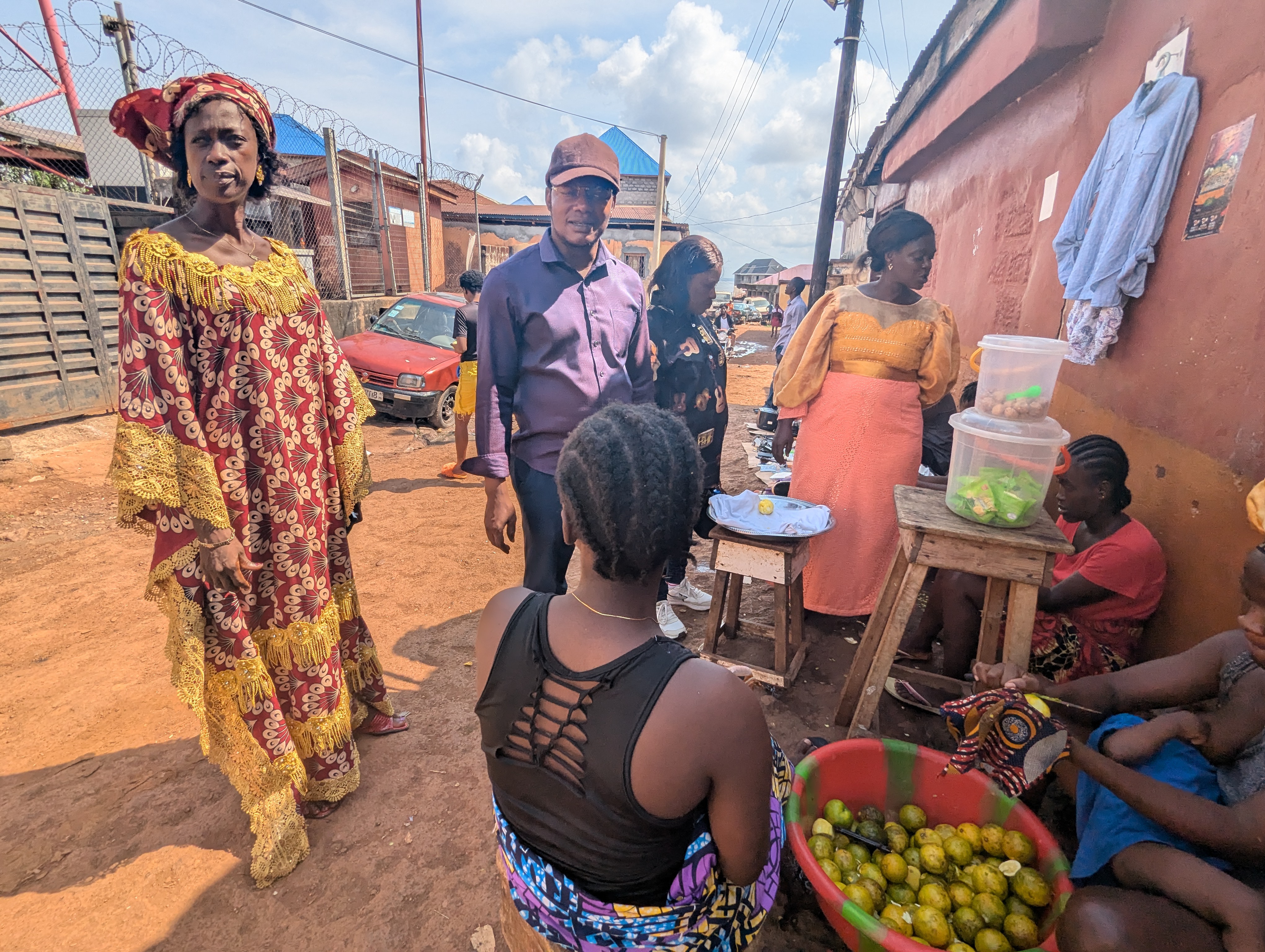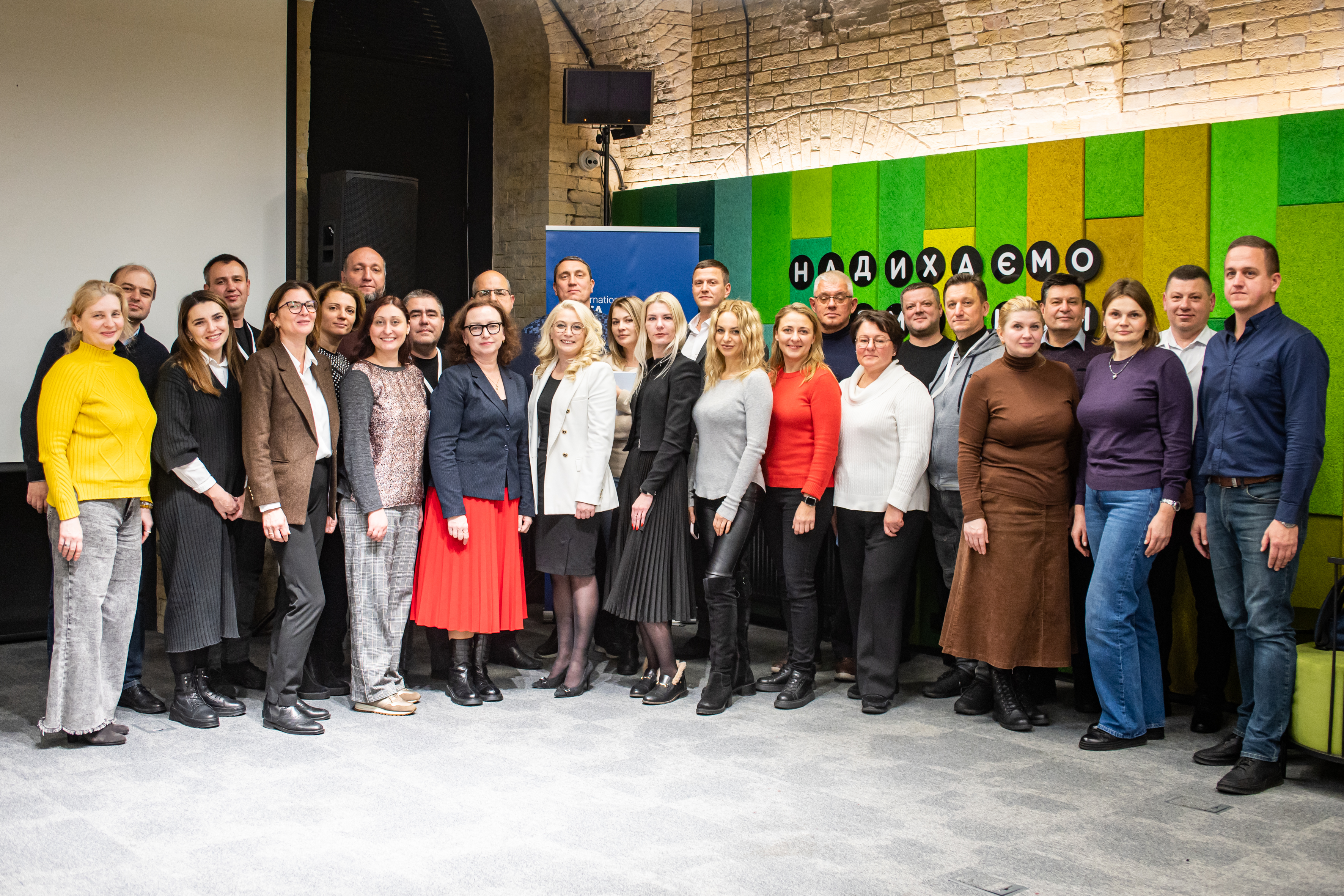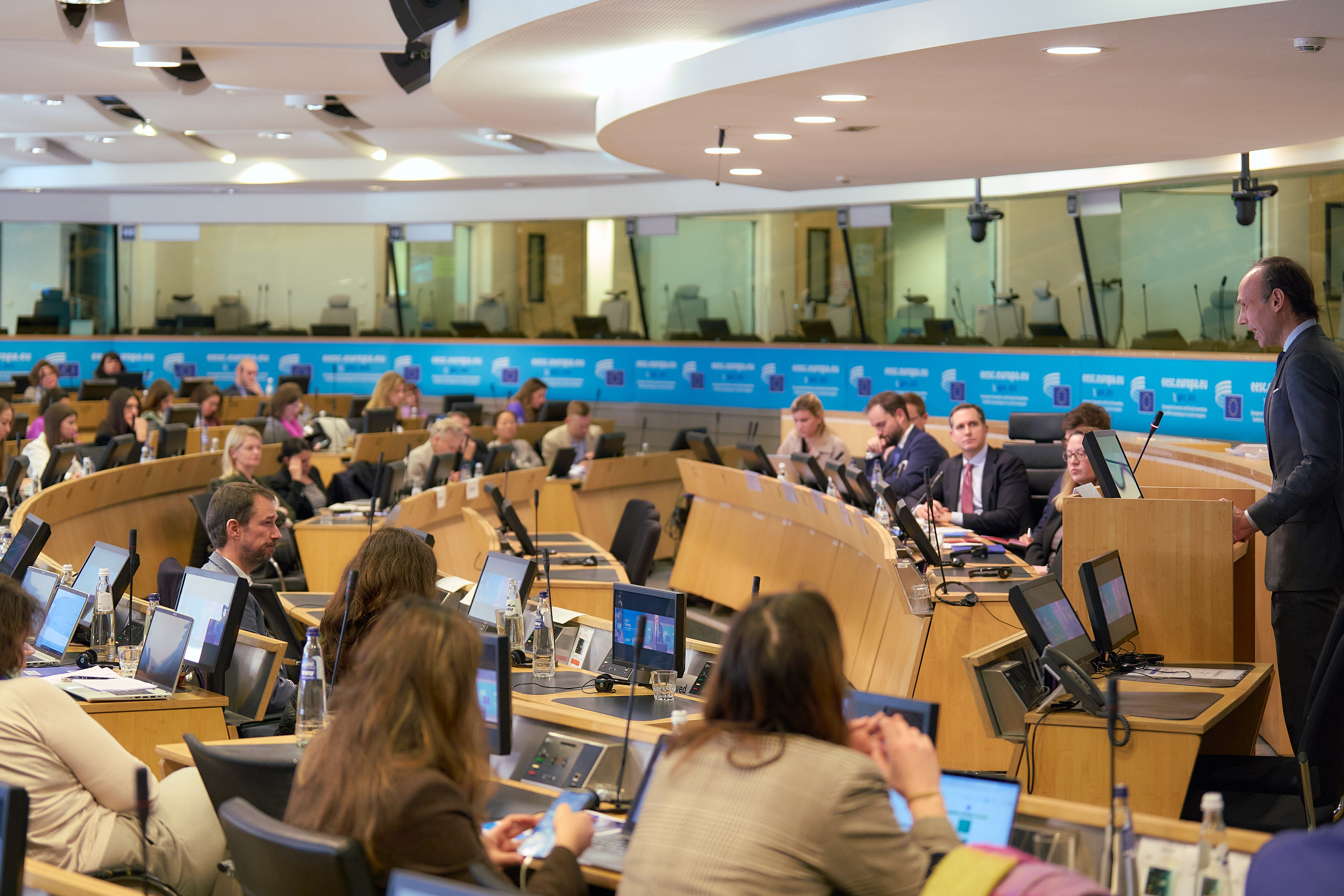Crisis and challenges of the candidates determine the Brazilian presidential elections

Closing the election cycle of 2018, Brazil will go to the polls on the first Sunday of October (07/10) to choose the next President of the country, together with the total renovation of the Chamber of Deputies, two thirds of the Federal Senate, State Deputies and Governors. Below is a summary of the Brazilian electoral process.
|
Who will be elected |
How will they be elected |
How many will be elected |
How long will be their term |
|
President |
Majority system with two rounds |
1 |
4 years |
|
Senators |
Majority system |
3 by State (81 in total) |
8 years (with elections every 4 years, in which two senators are elected in one election and then one more in the next) |
|
Federal Deputies |
Proportional system (the seats are defined based on the number of votes the party or the coalition receives) |
513 (the calculation is proportional to the population of each state and no state can have less than eight or more than seventy deputies) |
4 years |
|
State Deputies |
Proportional system (the seats are defined based on the number of votes the party or coalition receives) |
Depends on the number of seats that the State has in the Chamber of Deputies |
4 years |
|
Governors |
Majority system with two rounds |
1 |
4 years |
These are the most volatile elections in recent Brazilian history and only now concrete scenarios have begun to have a frame. On September 6, the far right and the main candidate, Jair Bolsonaro, was stabbed while campaigning on the streets of the city of Juiz de Fora (MG), starting a new chapter in the Brazilian elections. In terms of voters support, DataFolha and Ibope surveys indicated a significant increase, though not as high as some analysts have indicated, for the candidate after the attack. According to Ibope, the candidate went from 22 per cent in 04/09 to 26 per cent in 11/09, an increase also registered by the DataFolha survey, which indicated a growth from 22 per cent in 20/08 to 24 per cent in 10/09. However, the candidate has the highest percentage of rejection among the other candidates (43 per cent, according to DataFolha and 41 per cent according to Ibope, in the surveys published on 11/09).
Also a leading figure in the elections, former President Luís Inácio Lula da Silva, who until yesterday (11/09) was the official candidate of PT, in a letter read by representatives of the party in front of the Federal Police (where he is imprisoned for corruption and money laundering) officially transferred his candidacy to the former mayor of São Paulo and former Minister of Education and, also the PT’ candidate for the vice-presidency, Fernando Haddad. Together with Haddad and his running mate is Manuel D'Avila, who until then was running to president with the Communist Party of Brazil (PC do B), and resigned her own candidacy to became the PT’s vice-president candidate.
The challenge now is to proceed the transfer of Lula's votes, who was the favorite in all the surveys (39 per cent according to the DataFolha survey of 20/08), to Haddad, which appears with a variation ranging from 8 per cent (Ibope) to 9 per cent (DataFolha) of voters support, technically tied with the center-left candidates Ciro Gomes (11 per cent) and Marina Silva (9 per cent), and with the right-wing candidate and former governor of São Paulo, Geraldo Alckmin (10 per cent) of the PSDB.
The polarization has given the tone of the Brazilian elections and surely the country will only decide the presidential elections in a second round on the last Sunday of October (28/10). Regarding this topic, we share the interview conducted by Carmen Aristegui on CNN in Spanish, in which the Regional Director for Latin America and the Caribbean of IDEA International, Daniel Zovatto, analyzes the current situation in Brazil and the prospects of what the country will experience in the coming months in electoral terms.
Click on the link below to watch the full interview:



